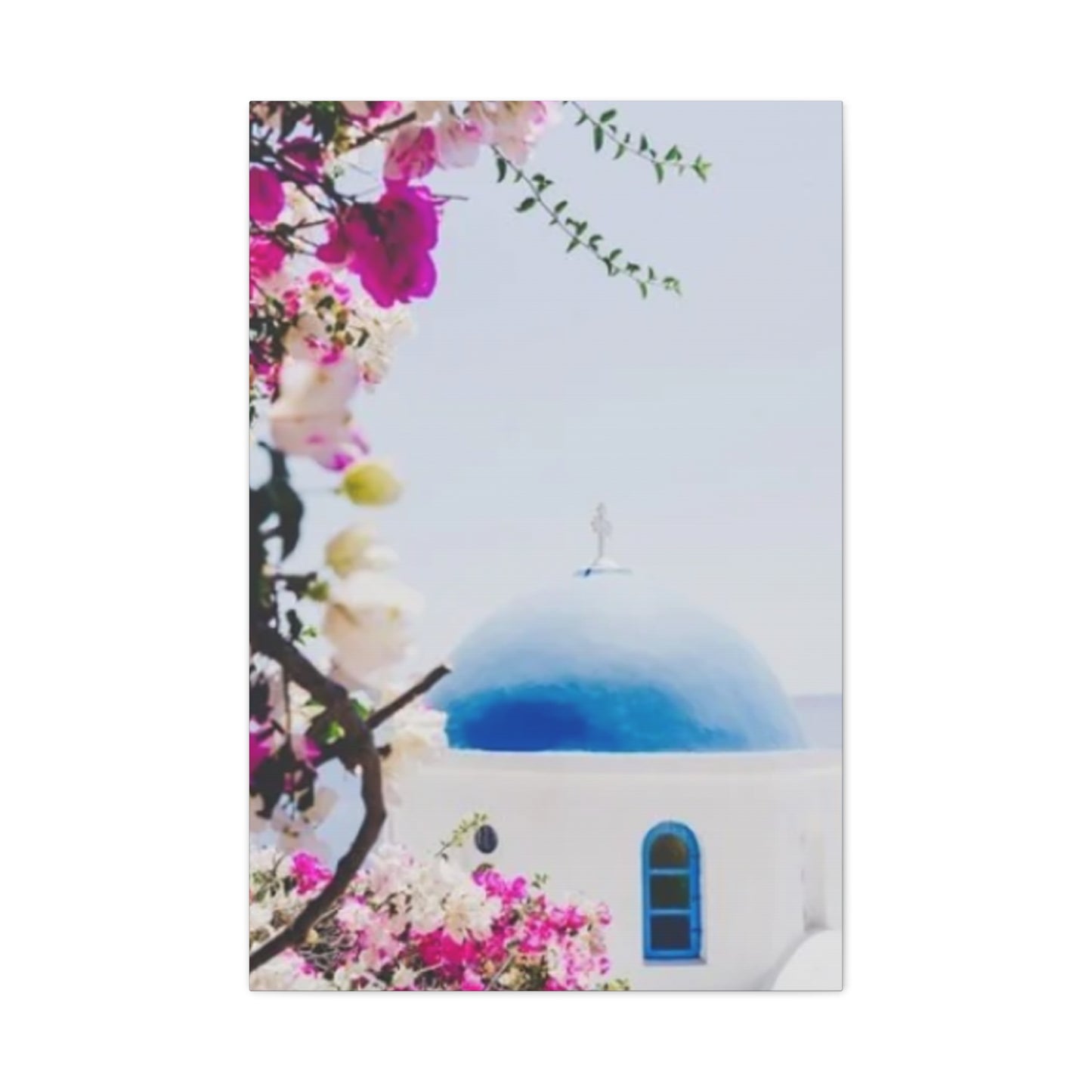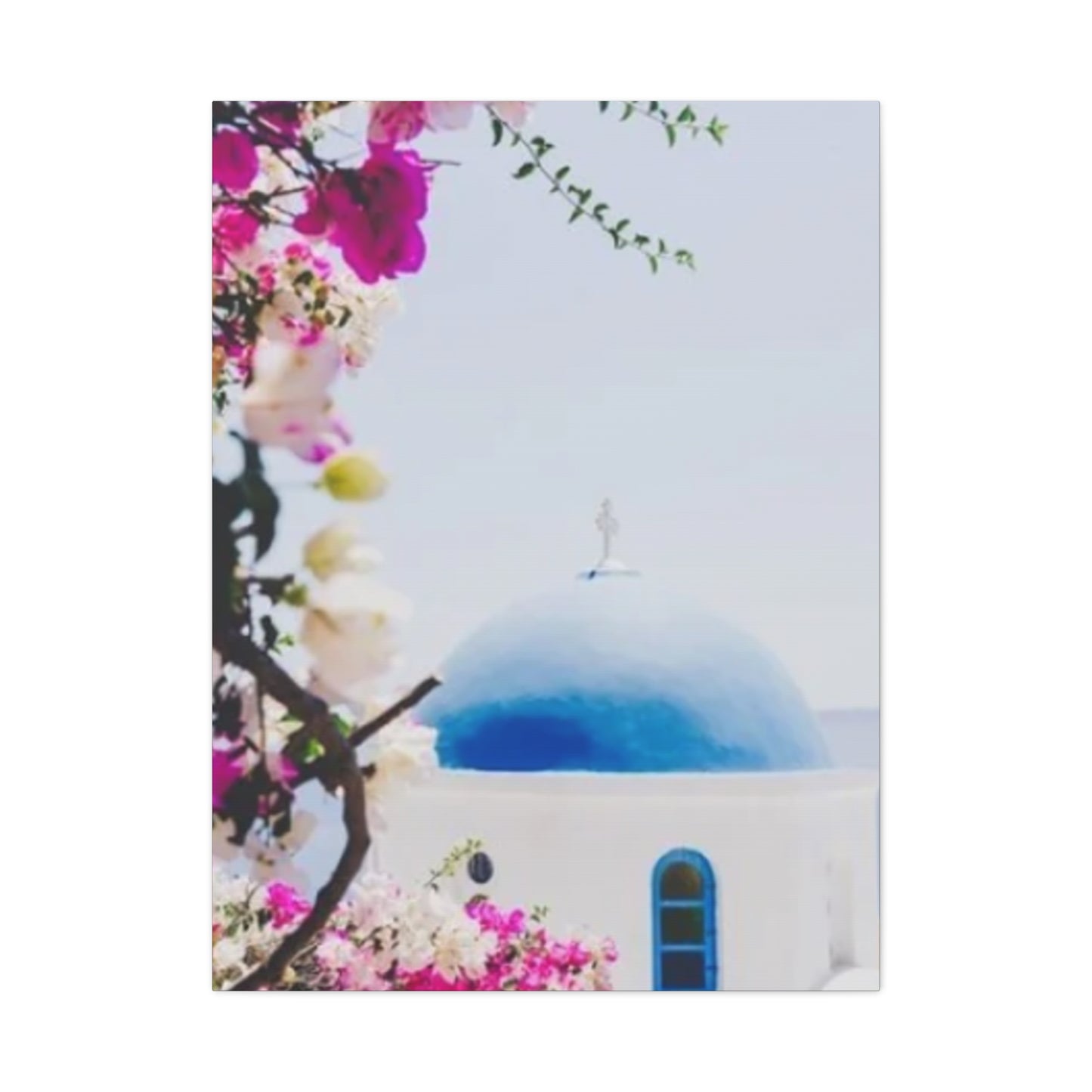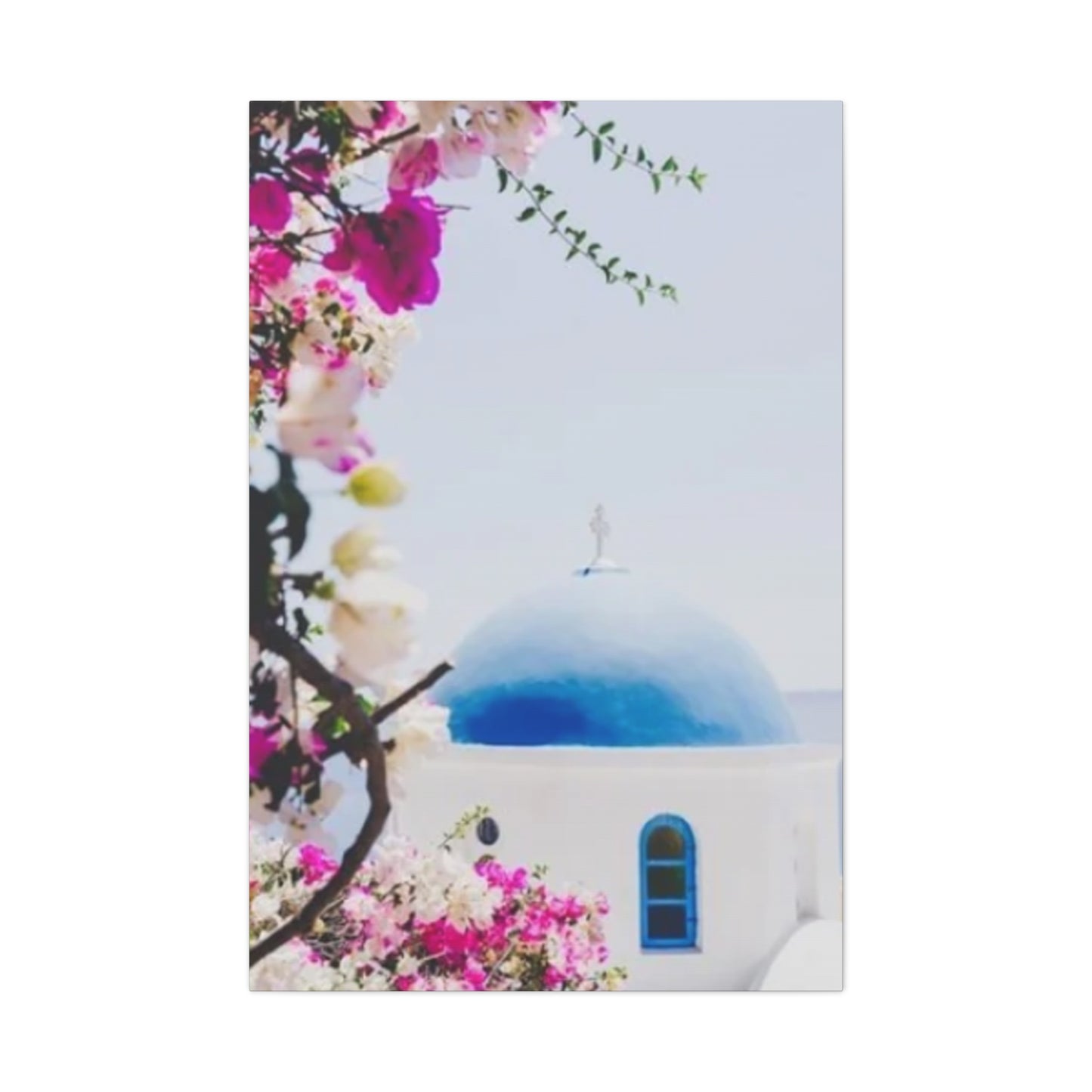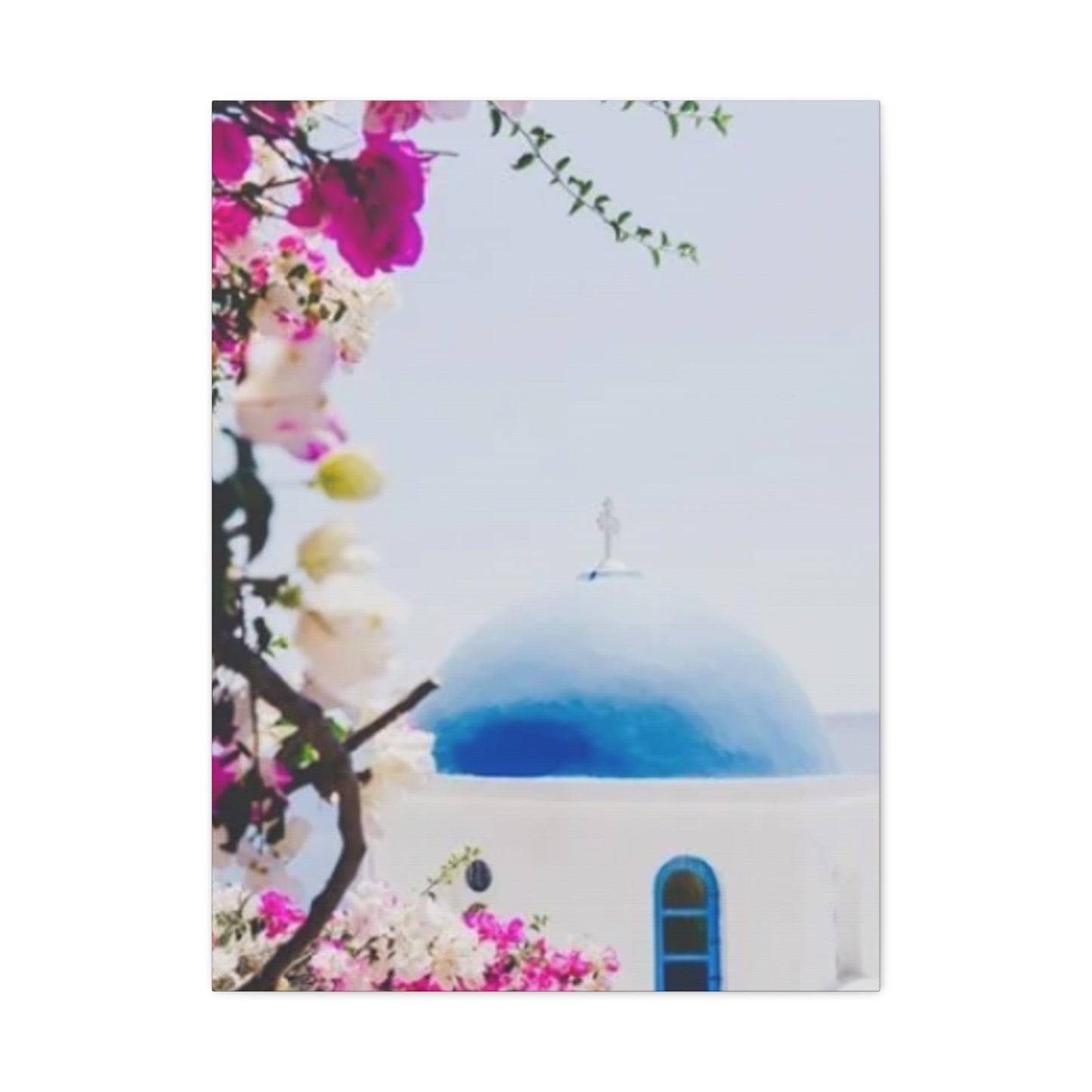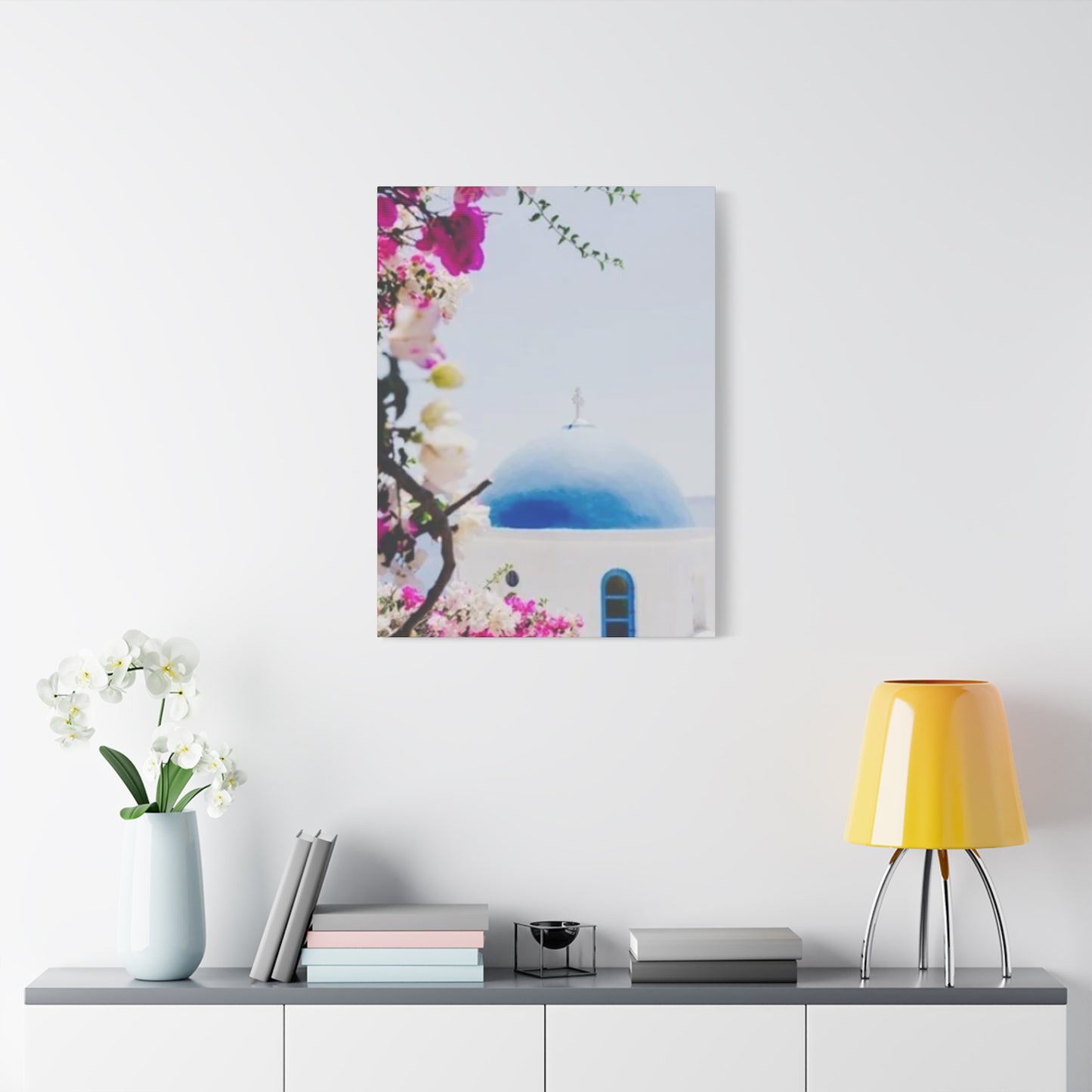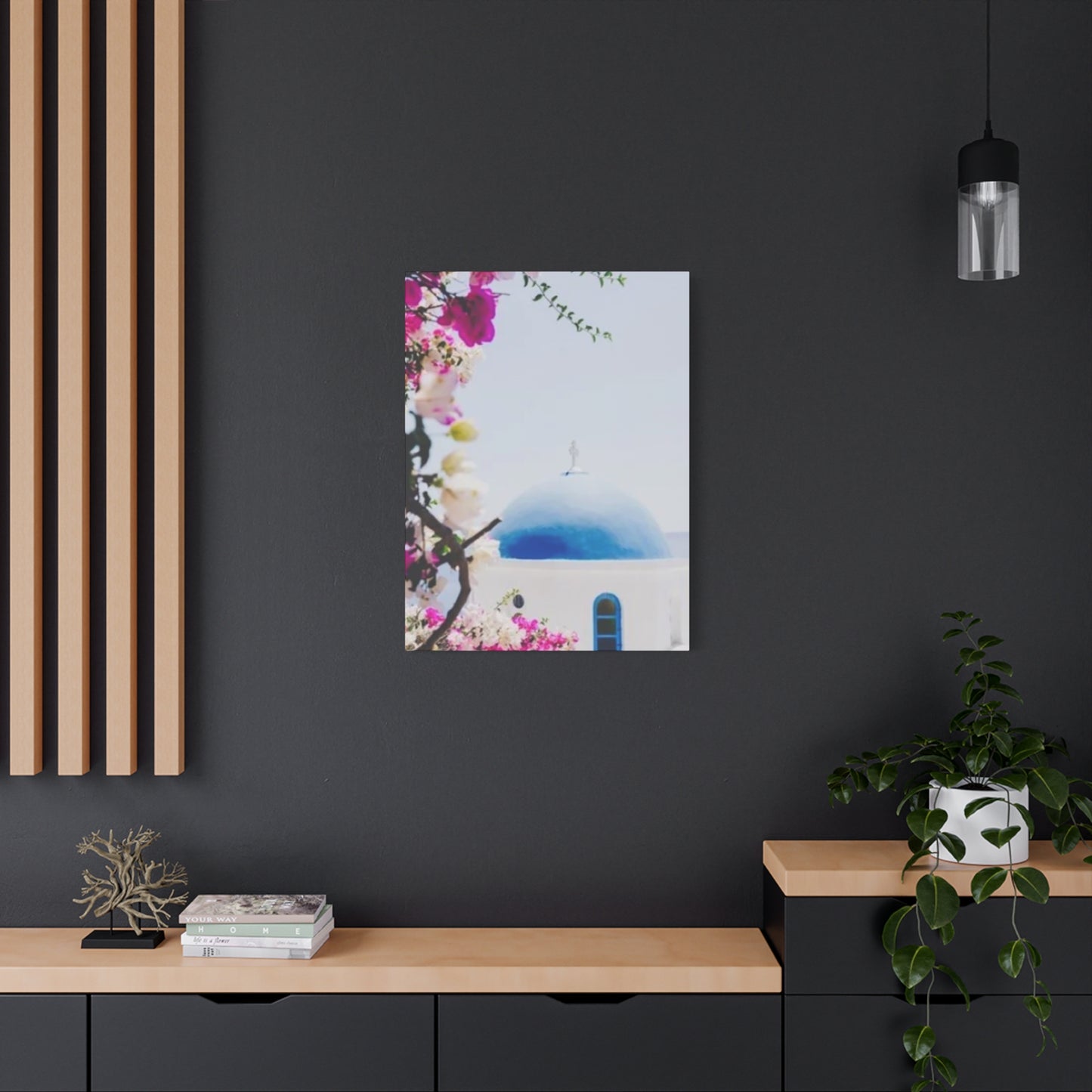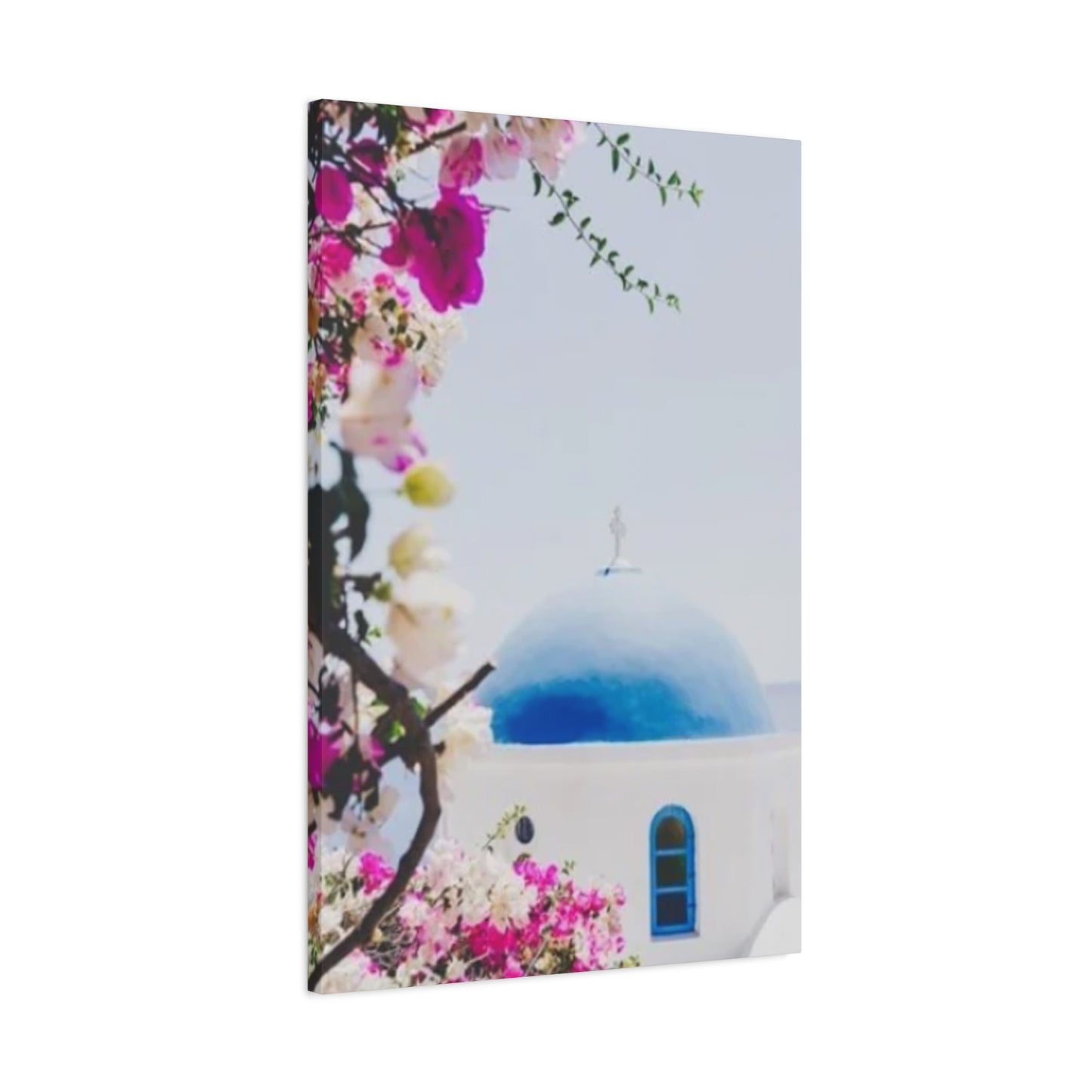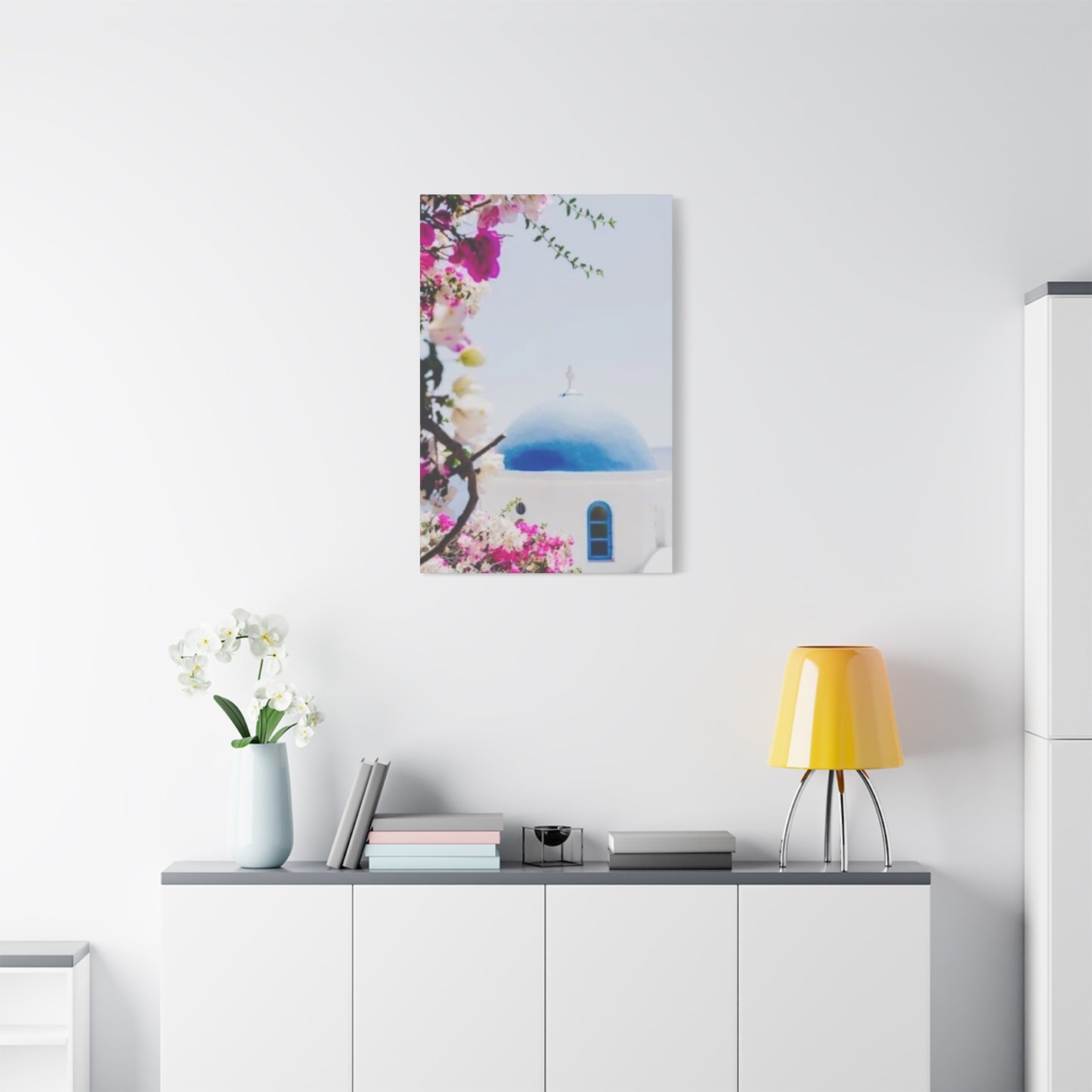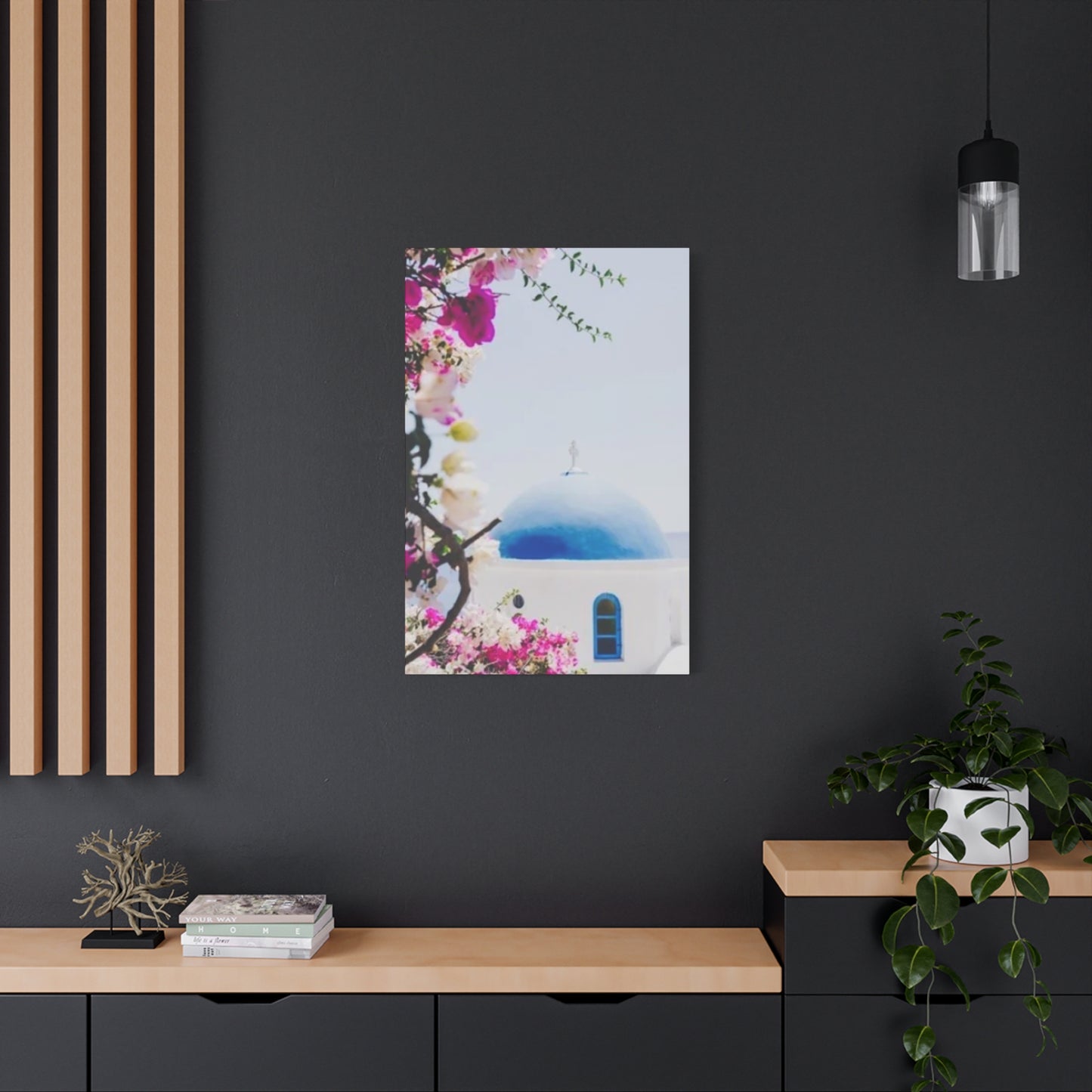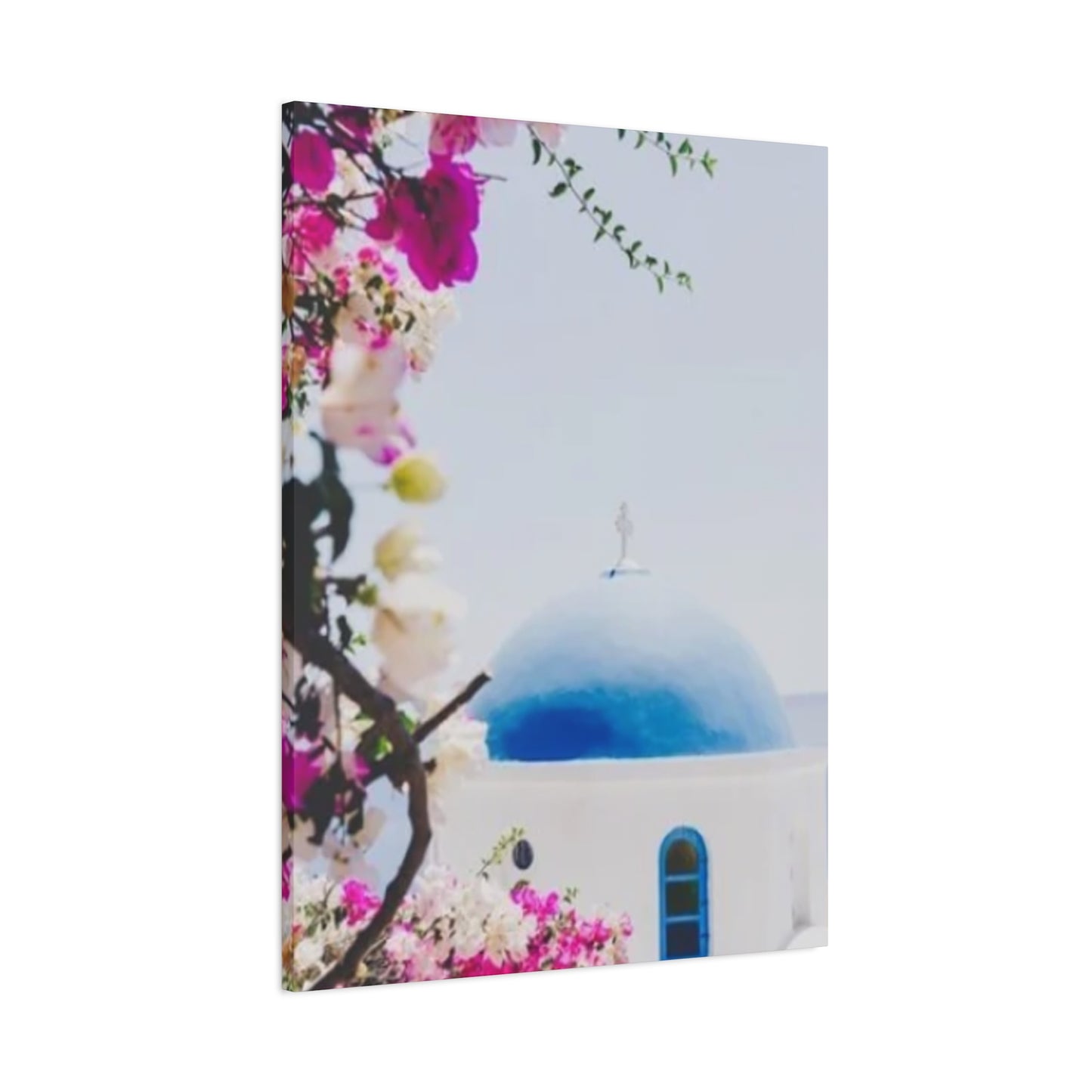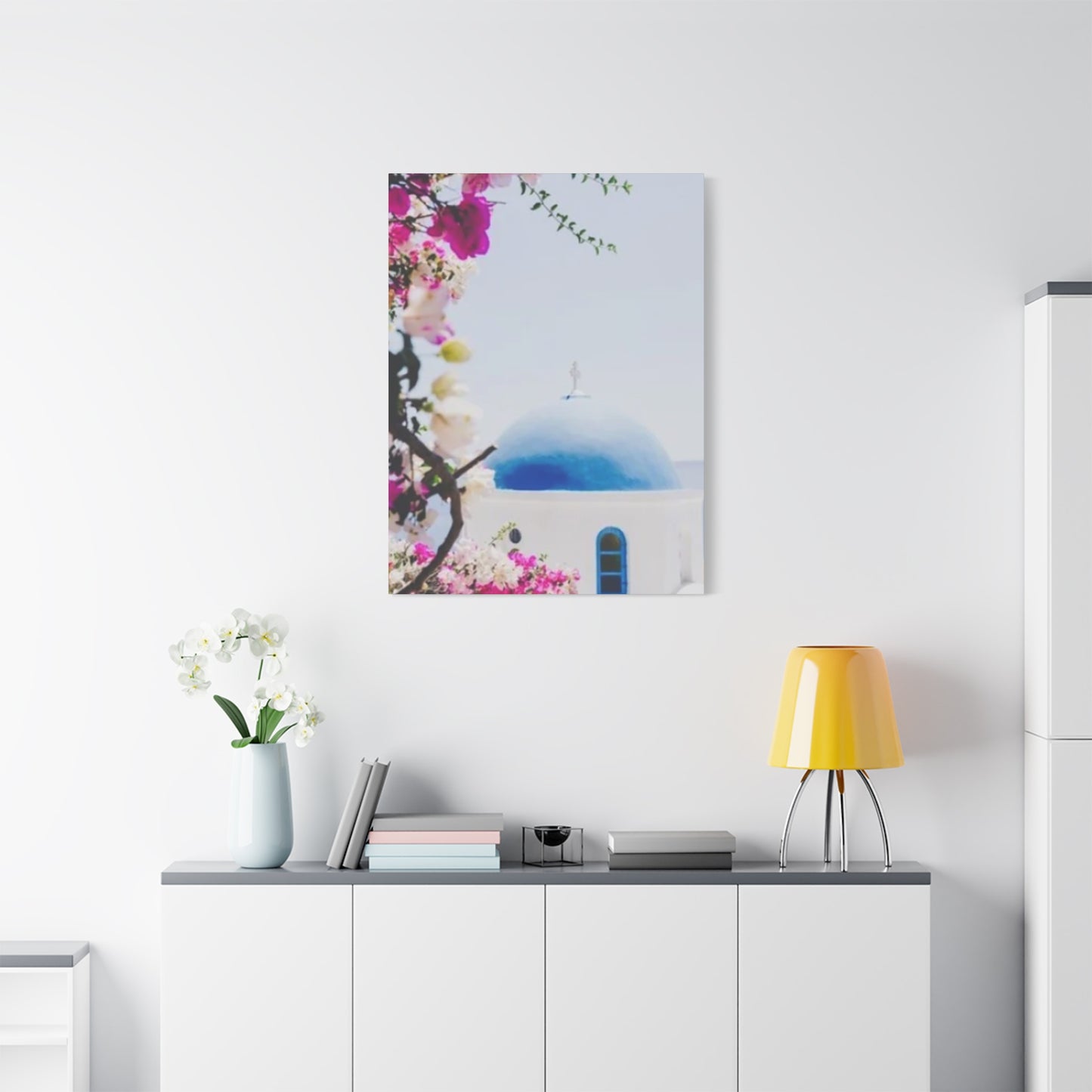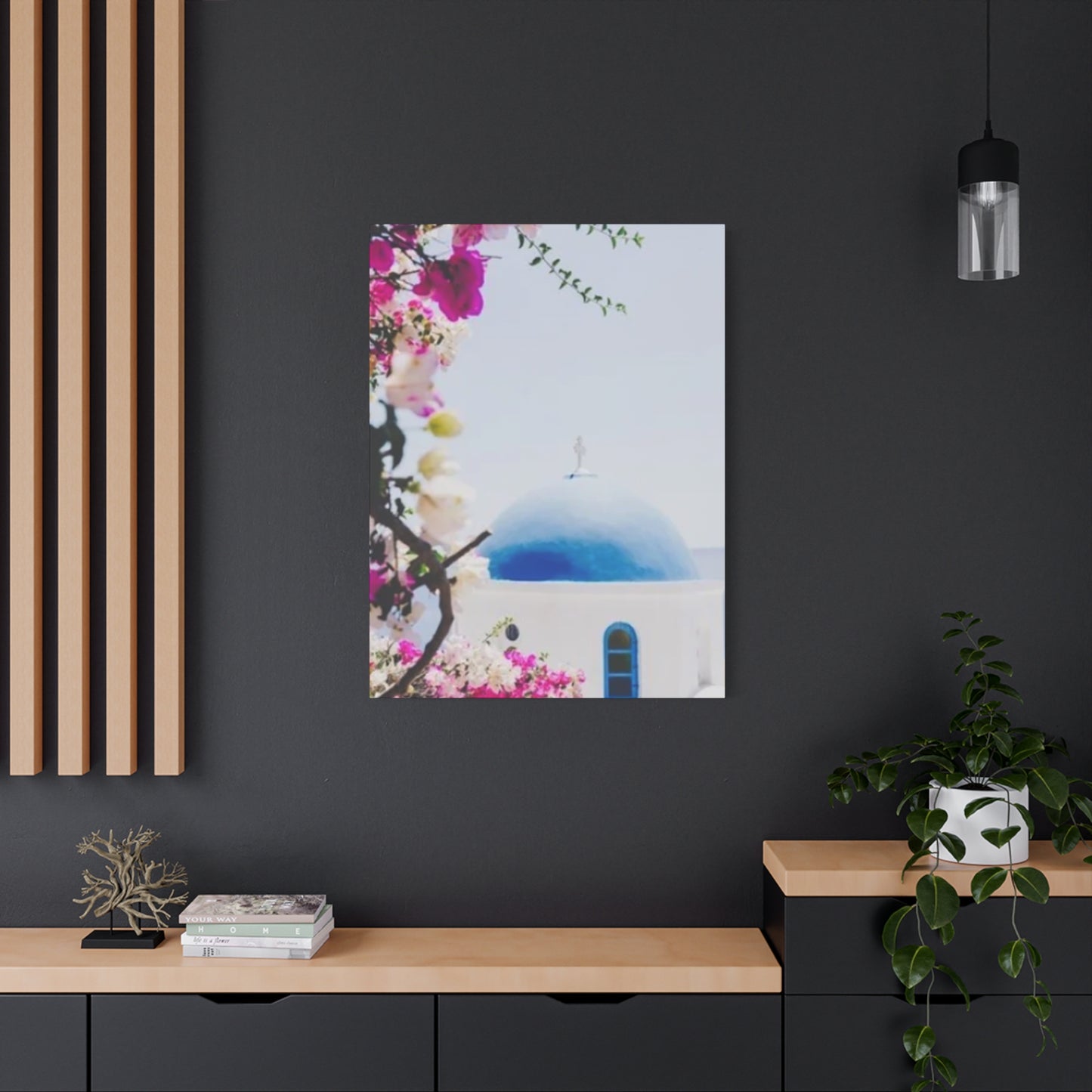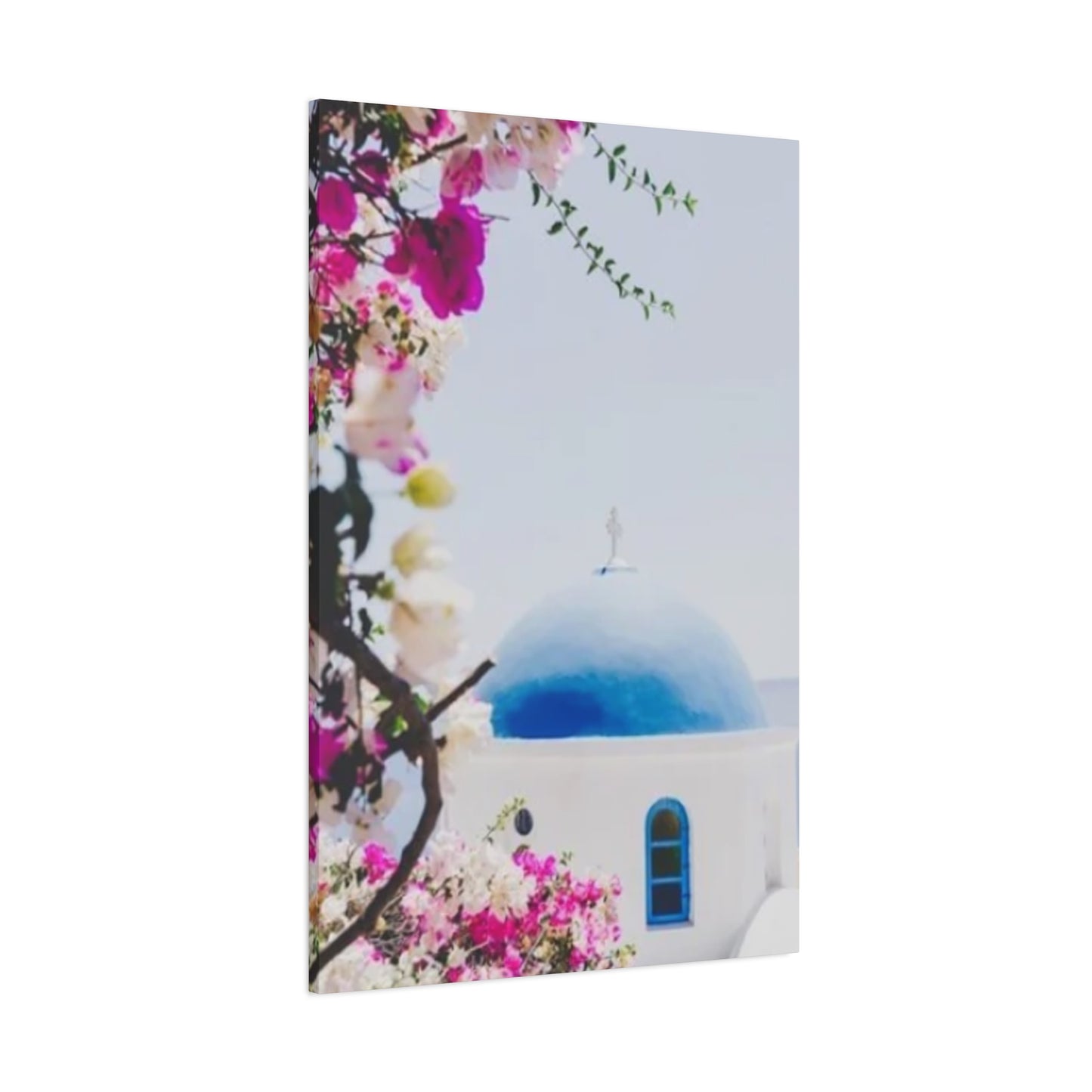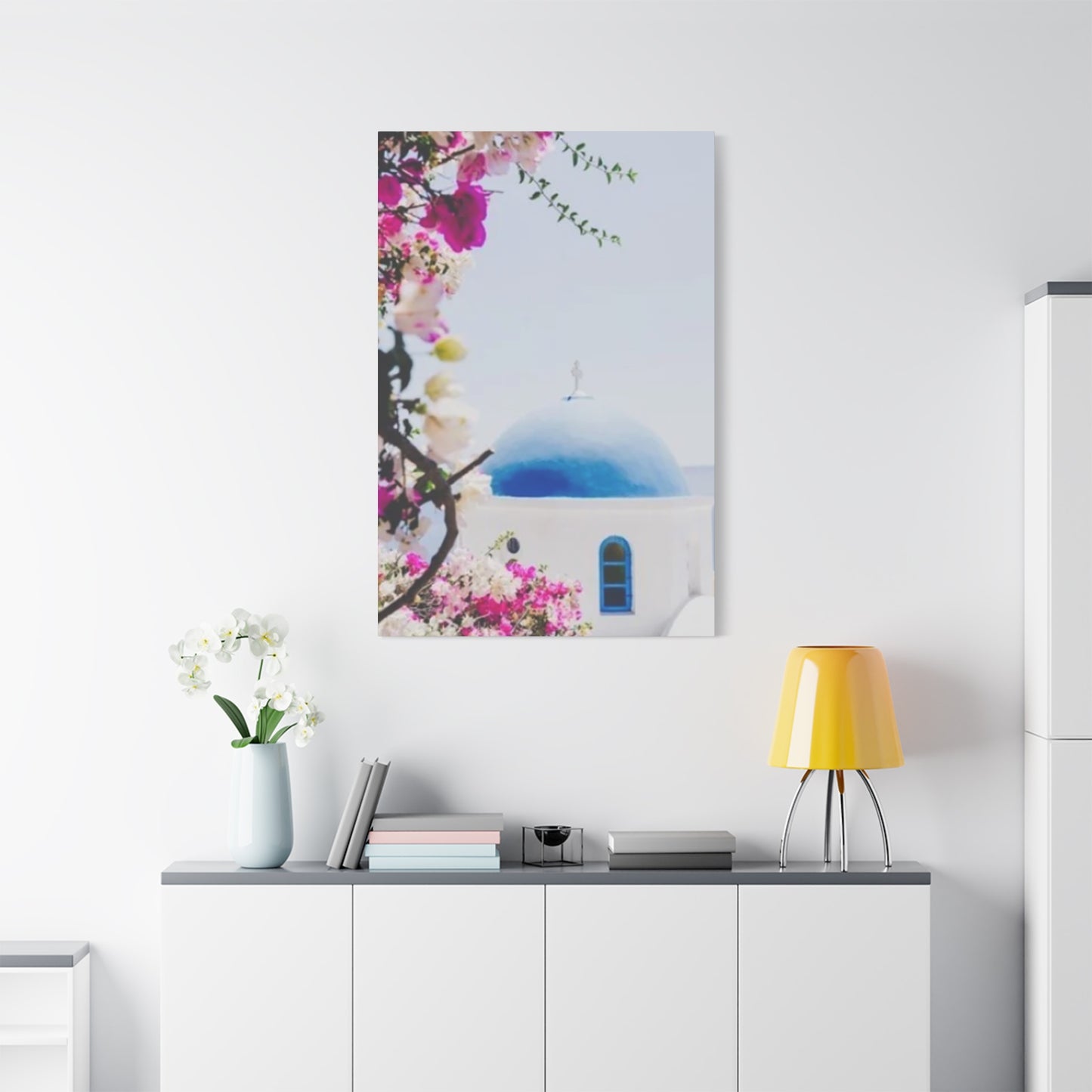Timeless Greece Architecture Wall Art: Transform Your Home with Ancient Hellenic Beauty
Greek architectural artworks have emerged as one of the most sophisticated and culturally rich forms of home decoration, bringing the timeless elegance of ancient Hellenic civilization directly into contemporary living environments. These magnificent pieces capture the essence of classical antiquity while seamlessly integrating with modern aesthetic sensibilities, creating a bridge between historical grandeur and present-day sophistication.
The allure of Greek architectural artwork stems from its ability to transform ordinary rooms into galleries of ancient wisdom and artistic excellence. From the majestic columns of the Parthenon to the pristine white structures of Santorini, these visual representations offer homeowners an opportunity to infuse their living areas with the philosophical depth and aesthetic refinement that characterized one of history's greatest civilizations.
Contemporary homeowners increasingly recognize the value of incorporating classical elements into their living environments, not merely as decorative additions but as meaningful expressions of cultural appreciation and artistic sophistication. Greek architectural artwork serves this purpose exceptionally well, providing visual anchors that ground modern environments in historical context while maintaining relevance for today's aesthetic preferences.
The versatility of Greek architectural imagery allows for remarkable flexibility in home decoration, accommodating everything from minimalist contemporary settings to more traditional arrangements. Whether featuring the iconic Doric columns, the intricate details of Corinthian capitals, or the serene whitewashed buildings of the Greek islands, these artworks provide endless possibilities for creative expression and personal style development.
Legendary Hellenic Structures Captured in Visual Art
The transformation of iconic Greek architectural landmarks into visual artwork represents one of the most compelling aspects of this decorative genre. Artists and photographers have long been drawn to the mathematical precision and aesthetic harmony inherent in ancient Greek construction, creating stunning visual interpretations that capture both the physical grandeur and spiritual significance of these monumental structures.
The Parthenon, perhaps the most recognizable symbol of Greek architectural achievement, has inspired countless artistic interpretations. Its perfect proportions and sophisticated engineering continue to captivate viewers thousands of years after its construction. When translated into canvas prints and photographic artwork, the Parthenon's iconic silhouette becomes a powerful focal point that immediately communicates sophistication and cultural awareness.
Artists frequently emphasize different aspects of the Parthenon's design depending on their creative vision. Some focus on the interplay of light and shadow across the marble columns, creating dramatic compositions that highlight the structure's three-dimensional complexity. Others capture the temple's relationship with the surrounding landscape, positioning it as a crown jewel atop the Acropolis, demonstrating humanity's aspiration to reach toward the divine through architectural excellence.
The Temple of Poseidon at Sounion offers another compelling subject for artistic interpretation. Perched dramatically on clifftops overlooking the Aegean Sea, this ancient sanctuary provides artists with opportunities to explore themes of isolation, majesty, and the relationship between human creation and natural environment. The temple's seaside location creates particularly striking sunset compositions, where the ancient columns are silhouetted against brilliant Mediterranean skies.
Contemporary artists often approach these subjects with fresh perspectives, experimenting with color palettes, compositional arrangements, and stylistic interpretations that breathe new life into familiar architectural forms. Some employ abstract techniques that emphasize the geometric relationships within Greek structures, while others pursue photorealistic approaches that document every detail of weathered marble and ancient craftsmanship.
The Erechtheion, with its famous Caryatids, presents unique artistic opportunities. These sculptural columns, carved in the form of draped female figures, represent the seamless integration of architecture and sculpture that characterized the height of Greek artistic achievement. Artists often focus on individual Caryatids, celebrating their graceful poses and intricate drapery, or capture the entire porch as a harmonious ensemble that demonstrates the Greek mastery of proportion and rhythm.
Regional variations in Greek architecture also provide rich material for artistic exploration. The distinctive blue-domed churches of the Cycladic islands, with their characteristic whitewashed walls and brilliant azure accents, offer completely different aesthetic possibilities compared to the monumental temples of mainland Greece. These structures embody a more intimate architectural tradition, one that responds to specific environmental conditions while maintaining clear connections to broader Greek architectural principles.
Incorporating Hellenic Architectural Prints in Contemporary Home Settings
The successful integration of Greek architectural artwork into contemporary home environments requires careful consideration of scale, color relationships, and thematic coherence. These pieces work exceptionally well in settings that emphasize clean lines, neutral color palettes, and uncluttered compositions, allowing the architectural subjects to command attention without competing with overly busy surroundings.
Modern minimalist environments provide ideal backdrops for Greek architectural prints, as the simplicity of contemporary furnishings creates perfect contrast with the rich historical content of the artwork. The mathematical precision inherent in Greek architectural design naturally complements the geometric clarity favored in contemporary residential design, creating harmonious relationships between ancient and modern aesthetic principles.
Color coordination plays a crucial role in successful integration. Greek architectural subjects often feature predominantly neutral tones - the warm whites and cool grays of marble, the weathered golden tones of ancient limestone, and the brilliant blues and whites characteristic of island architecture. These natural color palettes integrate seamlessly with contemporary neutral schemes while providing enough visual interest to prevent monotony.
Lighting considerations become particularly important when displaying Greek architectural artwork. These pieces often benefit from careful illumination that emphasizes their dimensional qualities and textural details. Track lighting or carefully positioned accent lights can dramatically enhance the visual impact of architectural prints, creating shadow patterns that echo the play of light across actual ancient structures.
The scale of Greek architectural artwork should be carefully matched to the proportions of the room and the viewing distances involved. Large-scale prints can serve as dramatic focal points in spacious living areas, while smaller works might be more appropriate for intimate settings or grouped arrangements. The monumental nature of Greek architecture translates particularly well to large-format presentations, allowing viewers to experience something approaching the awe-inspiring scale of the original structures.
Grouping strategies can multiply the impact of Greek architectural prints. Series featuring different views of the same structure, or collections showcasing various Greek architectural landmarks, can create compelling narrative sequences that engage viewers and encourage closer examination. Chronological arrangements might trace the evolution of Greek architectural styles, while geographical groupings could explore regional variations within the broader Greek architectural tradition.
The relationship between Greek architectural artwork and furniture placement requires thoughtful consideration. These pieces often work best when they can be viewed from appropriate distances without obstruction from furniture or other decorative elements. Creating clear sight lines allows viewers to fully appreciate both the artistic merit of the works and their historical significance.
Seasonal considerations can also influence the effectiveness of Greek architectural displays. The Mediterranean associations of Greek architecture make these pieces particularly appealing during warmer months, when their suggestions of sunny climates and outdoor living resonate strongly with seasonal preferences. However, the timeless classical elements in Greek architectural artwork ensure their year-round appeal.
Magnificence of Ancient Hellenic Temples Through Visual Art
Ancient Greek temples represent the pinnacle of architectural achievement in the classical world, and their translation into visual artwork continues to inspire and educate viewers about the sophisticated engineering and aesthetic principles that guided their construction. These sacred structures, originally designed to house divine statues and serve religious functions, now serve as powerful symbols of human aspiration and artistic achievement.
The Doric order, characterized by its sturdy simplicity and mathematical precision, appears frequently in temple-focused artwork. The massive columns of Doric temples, with their characteristic capitals and entasis (subtle swelling), create powerful vertical rhythms that artists often emphasize through careful composition and lighting. The Temple of Hephaestus in Athens, one of the best-preserved examples of Doric architecture, provides artists with opportunities to explore the relationship between structural necessity and aesthetic refinement.
Ionic temples, with their more delicate proportions and distinctive scroll-like capitals, offer different artistic possibilities. The Temple of Athena Nike, despite its small size, demonstrates the Ionic order's capacity for elegant decoration and refined proportions. Artists often focus on the intricate details of Ionic capitals, celebrating the craftsmanship that transformed structural elements into decorative masterpieces.
The Corinthian order, though less common in classical Greek temples, provides the most ornate subjects for artistic interpretation. The elaborate acanthus leaf capitals of Corinthian columns create complex patterns of light and shadow that challenge artists to capture both overall form and minute detail. The Monument of Lysicrates in Athens, though technically a choragic monument rather than a temple, demonstrates the Corinthian order's decorative potential and frequently appears in architectural artwork.
Regional temple variations reflect local building materials and cultural preferences while maintaining adherence to fundamental Greek architectural principles. Temples in Sicily, such as those at Agrigento, were constructed from local limestone rather than marble, creating different color relationships and textural qualities that artists explore in their interpretations. These regional differences demonstrate the adaptability of Greek architectural principles to varying environmental and material conditions.
The state of preservation significantly influences artistic interpretations of ancient temples. Complete structures like the Parthenon allow artists to explore the full impact of Greek architectural achievement, while ruins such as those at Selinunte invite more imaginative reconstructions and meditation on the passage of time. Some artists deliberately emphasize the weathered, fragmentary nature of these ancient structures, finding beauty in their current condition rather than attempting to recreate their original appearance.
Contemporary archaeological discoveries continue to inform artistic representations of ancient temples. New research into construction techniques, original color schemes, and functional arrangements provides artists with fresh insights into how these structures would have appeared during their period of active use. Some artists incorporate these findings into historically informed reconstructions, while others use archaeological evidence as inspiration for more interpretive approaches.
The landscape settings of ancient temples contribute significantly to their artistic appeal. Many Greek temples were positioned to take advantage of dramatic natural settings, creating compositions that celebrate both human achievement and natural beauty. The Temple of Poseidon at Sounion, dramatically positioned on seaside cliffs, exemplifies this integration of architecture and landscape that continues to inspire contemporary artistic interpretation.
Sacred geometry principles underlying temple design provide rich material for artistic exploration. The mathematical relationships governing column spacing, proportional systems, and overall compositional arrangements reflect sophisticated understanding of visual harmony and structural efficiency. Artists often emphasize these geometric relationships through careful composition and perspective choices that reveal the underlying order governing these ancient structures.
Contemporary versus Classical Hellenic Architecture in Artistic Expression
The dialogue between contemporary architectural interpretation and classical Greek tradition creates fascinating tensions and harmonies in modern artistic works. Contemporary artists approach Greek architectural subjects with fresh perspectives informed by modern aesthetic sensibilities while respecting the historical significance and cultural importance of their subjects.
Modern photographic techniques allow for unprecedented documentation of Greek architectural details. High-resolution digital photography can capture minute surface textures, subtle color variations, and complex shadow patterns that were impossible to record with earlier technologies. These technical capabilities enable artists to create works that reveal previously invisible aspects of ancient structures while maintaining fidelity to their actual appearance.
Abstract interpretations of Greek architectural forms represent one significant trend in contemporary artistic practice. Artists extract essential geometric relationships from classical structures, translating columns, pediments, and proportional systems into non-representational compositions that celebrate the mathematical beauty underlying Greek architectural design. These abstracted works often emphasize color relationships and formal arrangements rather than literal representation.
Digital manipulation techniques allow contemporary artists to experiment with Greek architectural imagery in ways that would have been impossible in traditional media. Color adjustments can emphasize emotional or atmospheric qualities, while compositional modifications can create new perspectives on familiar structures. Some artists use digital techniques to reconstruct damaged or incomplete ancient buildings, offering viewers glimpses of how these structures might have appeared in their original condition.
Contemporary architectural movements continue to draw inspiration from Greek classical principles while adapting them to modern functional requirements and aesthetic preferences. Neo-classical revival movements explicitly reference Greek architectural forms, while more subtle influences appear in contemporary buildings that employ Greek proportional systems or decorative elements. Artists documenting contemporary architecture often highlight these classical connections, creating visual dialogues between ancient and modern building traditions.
Environmental concerns increasingly influence contemporary interpretations of Greek architecture. Artists may emphasize the sustainable aspects of traditional Greek building techniques, such as passive cooling systems and locally sourced materials, presenting ancient architecture as offering solutions to contemporary environmental challenges. These interpretations position Greek architectural traditions as relevant to current sustainability discussions rather than merely historical curiosities.
Cultural heritage preservation efforts provide contemporary artists with new subjects and purposes. Documentation of restoration projects, conservation techniques, and archaeological discoveries creates opportunities for artistic engagement with Greek architectural preservation. Artists working in these contexts often emphasize the ongoing relevance of ancient structures and the importance of maintaining cultural continuity across generations.
Tourism and cultural exchange influence contemporary artistic interpretations of Greek architecture. The massive international interest in Greek archaeological sites creates markets for artistic interpretations that serve both educational and decorative purposes. Artists working in these contexts must balance accessibility and cultural sensitivity while creating works that satisfy diverse audience expectations and aesthetic preferences.
Academic research continues to reveal new aspects of Greek architectural achievement, providing contemporary artists with fresh material for interpretation. Discoveries about original color schemes, construction techniques, and functional arrangements challenge traditional assumptions about Greek architecture and inspire new artistic approaches that incorporate the latest scholarly findings.
The globalization of cultural imagery means that Greek architectural forms now appear in contexts far removed from their original Mediterranean settings. Artists working in various international contexts adapt Greek architectural imagery to local aesthetic preferences and cultural associations, creating hybrid works that maintain classical references while responding to contemporary cultural conditions.
Utilizing Hellenic Architectural Prints in Streamlined Home Environments
The integration of Greek architectural prints into minimalist home environments requires careful attention to the fundamental principles of reductive design while respecting the inherent complexity and cultural richness of the architectural subjects. This approach demands selective editing and thoughtful presentation strategies that allow the historical significance and aesthetic merit of Greek architecture to emerge without overwhelming simplified contemporary settings.
Minimalist design philosophy emphasizes the elimination of non-essential elements, creating environments characterized by clean lines, open areas, and carefully curated object selections. Greek architectural prints, with their inevitable historical and cultural associations, might initially seem incompatible with such reductive approaches. However, the mathematical precision and geometric clarity inherent in Greek architectural design actually align well with minimalist aesthetic principles.
The key to successful integration lies in understanding the shared emphasis on proportion, harmony, and structural clarity that characterizes both Greek classical architecture and contemporary minimalist design. Both traditions prioritize the elimination of superfluous decoration in favor of essential formal relationships. Greek architects achieved remarkable visual impact through the careful manipulation of basic geometric forms rather than elaborate ornamentation, a principle that resonates strongly with minimalist sensibilities.
Color palette coordination becomes crucial in minimalist settings where every visual element carries increased significance due to the absence of competing stimuli. Greek architectural subjects often feature naturally restrained color schemes dominated by the warm whites and cool grays of marble, the golden tones of weathered limestone, and the brilliant blues and whites characteristic of Cycladic island architecture. These natural palettes integrate seamlessly with the neutral schemes favored in minimalist environments.
Scale relationships require particularly careful consideration in minimalist settings where large empty areas can either emphasize or diminish the impact of individual artworks. Greek architectural prints often benefit from generous scaling that allows their monumental subjects to maintain appropriate presence without requiring supporting decorative elements. A single large-scale print featuring the Parthenon's colonnade can serve as the sole artwork in a minimalist living area while providing sufficient visual interest to anchor the entire composition.
Framing choices significantly influence the success of Greek architectural prints in minimalist environments. Simple, unadorned frames in neutral colors maintain focus on the artwork content while providing necessary structural support and visual definition. The frame should disappear visually, serving as an invisible transition between the artwork and the surrounding wall rather than competing for attention with the architectural subject matter.
Lighting design plays an enhanced role in minimalist settings where dramatic effects can be achieved through careful illumination of selected elements. Greek architectural prints respond particularly well to directional lighting that emphasizes their dimensional qualities and creates subtle shadow patterns reminiscent of actual sunlight playing across ancient stone surfaces. Track lighting systems allow for precise control over illumination angles and intensities.
Placement strategies in minimalist environments must account for the increased visual weight that individual elements carry in uncluttered settings. Greek architectural prints work exceptionally well as focal points for primary living areas, positioned where they can be appreciated from multiple viewing angles and distances. The monumental associations of Greek architecture make these prints particularly effective as central organizing elements around which minimalist furniture arrangements can be composed.
The temporal associations of Greek architectural subjects can provide welcome contrast to the present-focused nature of many minimalist environments. While minimalist design often emphasizes immediate sensory experience and functional efficiency, Greek architectural prints introduce historical depth and cultural continuity that can prevent minimalist settings from feeling emotionally sterile or culturally disconnected.
Maintenance considerations align well with minimalist preferences for low-maintenance living environments. High-quality Greek architectural prints require minimal care beyond occasional dusting and protection from direct sunlight, making them ideal for homeowners who prefer to minimize decorative upkeep while maintaining sophisticated aesthetic standards.
Renowned Greek Architectural Landmarks in Visual Art
Greek architectural landmarks have provided inexhaustible inspiration for artists across centuries, with each generation discovering new aspects of these monumental structures to explore and interpret. The enduring appeal of these landmarks stems from their successful combination of engineering achievement, aesthetic refinement, and cultural significance, creating subjects that reward both casual appreciation and detailed study.
The Acropolis of Athens stands as perhaps the most iconic collection of Greek architectural landmarks, with the Parthenon serving as the crown jewel of this ancient citadel. Artists approaching the Acropolis face the challenge of capturing not only individual structures but also their relationships within the larger architectural ensemble. The careful positioning of temples, propylaea, and supporting structures creates complex visual rhythms that reward artistic interpretation from multiple perspectives and scales.
Different times of day offer varying artistic opportunities for Acropolis subjects. Dawn light creates dramatic silhouettes that emphasize the monumental scale and commanding position of the ancient structures. Midday illumination reveals architectural details and surface textures with crystal clarity, while sunset conditions provide warm, golden light that enhances the natural color of Pentelic marble and creates romantic atmospheres popular with contemporary viewers.
The Theatre of Dionysus, located on the southern slope of the Acropolis, represents a different type of Greek architectural achievement focused on acoustic performance and audience accommodation. Artists interpreting this structure often emphasize its integration with natural topography and its sophisticated understanding of sight lines and sound projection. The curved seating arrangements create dynamic compositional possibilities that contrast with the more rectilinear geometries of temple architecture.
Delphi's architectural complex provides artists with opportunities to explore the relationship between Greek architecture and dramatic natural settings. The Temple of Apollo, positioned on steep mountain slopes overlooking the valley below, demonstrates Greek architects' ability to adapt their standardized forms to challenging topographical conditions. The sacred way leading to the temple creates processional sequences that artists can use to develop narrative compositions.
The ancient agora of Athens represents Greek civic architecture at its most sophisticated, with the Stoa of Attalos serving as an exemplar of commercial and social architecture. Unlike religious structures, agora buildings were designed for everyday human activities, creating different proportional relationships and decorative programs. Artists interpreting agora architecture often emphasize its human scale and functional clarity.
Olympia's architectural remains tell stories of athletic competition and religious celebration that continue to resonate with contemporary audiences. The Temple of Zeus, though now reduced to scattered architectural fragments, once housed one of the Seven Wonders of the Ancient World. Artists working with Olympia subjects must often engage with questions of reconstruction and imagination, using archaeological evidence to envision original appearances.
The archaeological site of Epidaurus showcases Greek expertise in designing structures for specific acoustic and theatrical requirements. The remarkably preserved theatre, with its perfect proportions and extraordinary acoustic properties, provides artists with opportunities to explore the intersection of architecture and performance. The circular orchestra and precisely calculated seating arrangements create geometric patterns that translate effectively into visual compositions.
Regional variations in Greek architectural landmarks reflect local materials, environmental conditions, and cultural preferences while maintaining adherence to fundamental design principles. The temples of Sicily, particularly those at Agrigento and Selinunte, were constructed from local limestone rather than imported marble, creating different color relationships and weathering patterns that artists explore in their interpretations.
Island architecture presents completely different artistic opportunities, with structures like the windmills of Mykonos and the cliff-top settlements of Santorini representing vernacular traditions that evolved in response to specific environmental challenges. These structures, while less monumental than mainland temples, demonstrate Greek architectural principles applied to domestic and economic functions.
Contemporary archaeological discoveries continue to reveal new Greek architectural landmarks worthy of artistic interpretation. Recent excavations at sites like Amphipolis have uncovered previously unknown structures that expand our understanding of Greek architectural achievement while providing fresh subjects for contemporary artistic exploration.
Columns and Pillars: Structural Poetry in Greek Architectural Art
The column stands as perhaps the most recognizable and symbolically powerful element of Greek architectural vocabulary, representing not merely structural support but a sophisticated synthesis of engineering necessity and aesthetic refinement. Artists interpreting Greek columns must navigate the complex relationships between function and beauty, individual elements and overall compositions, structural logic and decorative elaboration.
The three classical orders - Doric, Ionic, and Corinthian - each present distinct artistic challenges and opportunities. Doric columns, with their sturdy proportions and minimal decoration, embody principles of masculine strength and geometric clarity. The subtle entasis or swelling of Doric column shafts demonstrates Greek architects' sophisticated understanding of visual perception, correcting for optical illusions that would make straight-sided columns appear to curve inward.
Artists frequently focus on the rhythmic qualities created by colonnade sequences, where individual columns combine to create larger compositional patterns. The spacing between columns, known as intercolumniation, follows precise mathematical ratios that create harmonic relationships comparable to musical intervals. These proportional systems provide rich material for artists interested in exploring the mathematical foundations of visual beauty.
Ionic columns offer more decorative possibilities through their distinctive volute capitals, which transform structural elements into sculptural ornaments. The spiral forms of Ionic volutes create dynamic focal points that artists often emphasize through careful lighting and perspective choices. The more slender proportions of Ionic columns suggest elegance and refinement rather than the monumental strength associated with the Doric order.
Corinthian columns, with their elaborate acanthus leaf capitals, present the greatest decorative complexity within the Greek architectural system. These ornate capitals require exceptional artistic skill to render convincingly, as they combine naturalistic botanical forms with architectural geometry. Artists working with Corinthian subjects often struggle with the challenge of capturing both overall compositional relationships and intricate decorative details.
The concept of column fluting adds another layer of visual complexity that artists must navigate. The vertical grooves carved into column shafts create patterns of light and shadow that change throughout the day as the sun's angle shifts. These subtle variations in illumination provide opportunities for artists to explore temporal qualities and atmospheric effects while documenting architectural forms.
Column capitals represent some of the most sophisticated sculptural achievements within Greek architecture, requiring artists to master both architectural draftsmanship and sculptural representation. The transition from circular column shaft to rectangular entablature above creates complex geometric relationships that test artistic understanding of three-dimensional form and spatial arrangement.
Base details, particularly in Ionic and Corinthian orders, demonstrate Greek architects' attention to transitional elements that mediate between columns and their supporting platforms. These carefully profiled bases create elegant visual relationships while solving practical problems of structural load distribution. Artists often overlook these seemingly minor elements, but their careful representation can significantly enhance the authenticity and completeness of architectural interpretations.
The weathering patterns on ancient columns provide additional artistic challenges and opportunities. Centuries of exposure to Mediterranean weather conditions have created unique surface textures and color variations that tell stories of time's passage while revealing original construction techniques. Some artists emphasize these weathering effects as expressions of temporal beauty, while others attempt to envision original appearances.
Column restoration efforts create interesting artistic subjects that blend ancient and contemporary elements. The juxtaposition of original ancient masonry with modern restoration work raises questions about historical authenticity and preservation philosophy that artists can explore through careful documentation and interpretive approaches.
Contemporary architectural applications of Greek column principles provide opportunities for artists to explore the ongoing relevance of classical forms. Neo-classical buildings worldwide continue to employ Greek column orders, creating subjects that bridge historical and contemporary contexts while demonstrating the enduring appeal of these fundamental architectural elements.
Azure Domes and Pristine Walls: Cycladic Architectural Artistry
The distinctive architectural traditions of the Greek islands, particularly the Cyclades, present artistic opportunities that differ dramatically from the monumental temple architecture of mainland Greece. These vernacular building traditions evolved in response to specific environmental conditions - harsh winds, intense sunlight, limited building materials, and scarce fresh water - while maintaining clear connections to broader Greek cultural values and aesthetic preferences.
The characteristic white-washed walls of Cycladic architecture serve multiple practical purposes while creating some of the most photographed architectural imagery in the world. The brilliant white lime plaster reflects intense Mediterranean sunlight, helping to maintain comfortable interior temperatures during scorching summer months. This practical solution creates stunning visual contrasts against the deep blue Aegean sky that artists have celebrated for generations.
Blue-domed churches represent perhaps the most iconic elements of Cycladic architecture, with their azure cupolas creating perfect compositional counterpoints to white cubic building masses. The blue pigment traditionally used for these domes was often the most expensive material in the entire building, reflecting the spiritual importance of these structures within island communities. Artists frequently use these blue domes as focal points that organize entire compositions around color relationships and geometric contrasts.
The organic growth patterns of island settlements create complex architectural compositions that challenge traditional perspectives and framing strategies. Unlike the planned layouts of ancient temples, island towns evolved gradually over centuries, with new buildings added wherever topography and property boundaries permitted. These irregular arrangements create labyrinthine compositions that reward exploration and multiple viewing angles.
Traditional Cycladic building techniques employed thick stone walls and minimal window openings to provide protection from intense sun and strong winds. These functional requirements created distinctive architectural forms characterized by massive wall surfaces punctuated by small, precisely positioned openings. Artists interpreting these structures often emphasize the play between solid and void, light and shadow that results from these proportional relationships.
The integration of outdoor living areas represents another distinctive feature of Cycladic architecture that provides rich artistic material. Courtyards, terraces, and roof gardens blur the boundaries between interior and exterior environments, creating complex spatial relationships that challenge conventional architectural documentation. These transitional areas often feature the most intimate and personal architectural details.
Santorini's cliff-top architecture presents unique artistic challenges and opportunities due to the dramatic relationship between built structures and natural topography. Buildings carved directly into volcanic rock create powerful juxtapositions between human construction and geological formation. The precarious positions of many structures, seemingly defying gravity as they cling to cliff edges, create compositions of remarkable drama and tension.
The economic functions of island architecture - windmills, dovecotes, agricultural terraces - demonstrate the practical adaptation of Greek architectural principles to specific functional requirements. Windmills, with their distinctive cylindrical forms and rotating mechanisms, create dynamic compositional elements that contrast with more static building types. Artists often use windmills as focal points that suggest movement and human activity within otherwise timeless architectural landscapes.
Traditional building materials available on Greek islands - volcanic stone, marble chips, driftwood, and local clays - create distinctive regional color palettes and textural qualities. These natural materials weather in characteristic ways that artists can explore as expressions of environmental adaptation and temporal passage. The limited material palette enforced by island isolation created remarkably coherent architectural vocabularies that artists can celebrate as examples of environmental harmony.
Contemporary tourism development threatens the architectural integrity of many island settlements while simultaneously increasing artistic interest in documenting traditional forms before they disappear. Artists working in these contexts often feel pressure to serve both aesthetic and documentary functions, preserving images of architectural traditions that may not survive ongoing development pressures.
The relationship between Cycladic architecture and natural landscape creates some of the most compelling compositions in contemporary architectural photography. The integration of buildings with rocky coastlines, terraced hillsides, and dramatic sky conditions provides endless opportunities for artistic interpretation that celebrates both human achievement and natural beauty.
Merging Hellenic Architectural Art with Seaside Home Aesthetics
The natural affinity between Greek architectural imagery and coastal home decoration stems from shared Mediterranean associations and complementary aesthetic principles. Both Greek architecture and seaside living emphasize outdoor activities, natural light, and harmony with environmental conditions, creating logical partnerships that enhance both architectural appreciation and coastal lifestyle expression.
Color palette coordination provides the most obvious connection between Greek architectural art and coastal decoration schemes. The brilliant whites and deep blues characteristic of Greek island architecture mirror the natural colors of sea and sky, while the warm golden tones of weathered marble echo sun-bleached driftwood and sandy beaches. These natural color relationships create harmonious environments that feel both sophisticated and relaxed.
The geometric clarity of Greek architectural forms provides welcome structure within coastal decoration schemes that might otherwise feel overly casual or visually scattered. Classical proportional systems and rhythmic column arrangements can organize coastal accessories and furniture arrangements while maintaining the relaxed atmosphere appropriate to seaside living. Greek architectural prints serve as visual anchors that prevent coastal rooms from appearing haphazard.
Light quality plays crucial roles in both Greek architectural appreciation and coastal home environments. Mediterranean sunlight, with its particular intensity and angle, creates the dramatic shadow patterns and brilliant illumination that make Greek architecture so photographically compelling. Coastal homes often feature similar light conditions, making them ideal environments for displaying Greek architectural artwork that can respond to changing natural illumination throughout the day.
The indoor-outdoor lifestyle associated with coastal living mirrors the semi-exterior character of much Greek architecture. Temples were designed primarily as exterior monuments, while island architecture features extensive outdoor terraces and courtyards. Greek architectural art can reinforce coastal homes' emphasis on outdoor living by providing visual connections to cultures that pioneered sophisticated outdoor architectural environments.
Natural material preferences common in coastal decoration - stone, weathered wood, natural fibers - complement the material associations of Greek architectural subjects. Ancient marble, limestone, and volcanic stone share textural qualities with beach stones and driftwood, creating environments where natural and architectural elements feel mutually supportive rather than competitive.
Scale relationships become particularly important when integrating monumental Greek architectural subjects into residential coastal environments. Large-scale prints featuring temple colonnades or island panoramas can provide dramatic focal points that compensate for the typically modest scale of coastal home architecture. These monumental references can make small coastal rooms feel more spacious and significant.
Seasonal considerations affect both coastal living patterns and Greek architectural appreciation. Summer months, when coastal homes see their heaviest use, are also when Greek architectural subjects feel most relevant and appealing. The Mediterranean associations of Greek architecture resonate strongly with warm-weather lifestyle preferences and outdoor entertainment patterns common in coastal communities.
The casual sophistication characteristic of successful coastal decoration aligns well with the accessible grandeur of Greek architectural subjects. While temples and ancient monuments represent high cultural achievements, they also embody democratic ideals and public accessibility that prevent them from feeling overly formal or intimidating in residential settings. This balance between significance and approachability makes Greek architectural art particularly suitable for coastal homes.
Navigation and travel themes common in coastal decoration find natural partners in Greek architectural subjects that celebrate island cultures and maritime civilizations. Ancient Greeks were accomplished sailors and traders whose architectural achievements reflect cosmopolitan influences and cultural exchange. Greek architectural art can reinforce coastal homes' celebration of maritime culture and international perspective.
Contemporary Greek architecture, particularly the vernacular traditions of island communities, provides direct models for coastal home design and decoration. The practical solutions developed by Greek island builders - thick walls for insulation, small windows for sun control, outdoor living areas for summer comfort - remain relevant for contemporary coastal construction and can be celebrated through appropriate architectural artwork.
Discovering Authentic Hellenic Architectural Canvas Prints
The search for authentic Greek architectural canvas prints requires careful evaluation of artistic quality, historical accuracy, and production standards. Not all artwork claiming Greek architectural subjects maintains appropriate respect for cultural significance or demonstrates sufficient artistic merit to justify investment in home decoration. Discriminating collectors must develop criteria for evaluating authenticity and quality while navigating an increasingly crowded marketplace.
Artist credentials and cultural connections significantly influence the authenticity and quality of Greek architectural artwork. Artists who have spent significant time in Greece, studied classical architecture academically, or demonstrated sustained engagement with Greek cultural subjects are more likely to produce works that capture both surface appearance and deeper cultural significance. Personal experience with Greek light, atmosphere, and architectural settings often translates into more convincing and emotionally resonant artwork.
Photographic versus painted interpretations present different authenticity considerations. Photography can provide documentary accuracy and immediate visual appeal, but may lack interpretive depth or artistic vision. Painted works offer greater creative freedom and personal expression but risk historical inaccuracy or cultural misrepresentation. The most successful works often combine documentary faithfulness with artistic interpretation that enhances rather than distorts their subjects.
Print production quality significantly affects both visual impact and long-term durability. Archival printing processes using fade-resistant inks and acid-free canvas substrates ensure that Greek architectural prints will maintain their visual quality over decades of display. Cheaper printing processes may produce initially attractive results that deteriorate rapidly when exposed to light and atmospheric conditions typical in home environments.
Size options and scaling considerations influence both visual impact and placement flexibility. Authentic Greek architectural subjects often benefit from generous scaling that allows viewers to appreciate architectural details and experience something approaching the monumental scale of original structures. However, oversized prints require careful consideration of viewing distances and room proportions to achieve optimal visual relationships.
Cultural sensitivity becomes increasingly important as awareness grows regarding the appropriation and commercialization of cultural heritage imagery. Authentic Greek architectural prints should demonstrate respect for cultural significance while avoiding exploitation or trivialization of historically important subjects. Artists and publishers who acknowledge cultural context and historical importance produce more ethically responsible works.
Limited edition prints offer advantages in terms of exclusivity and potential investment value, but buyers must carefully evaluate edition sizes and distribution methods to assess true rarity. Very small editions may indicate artistic confidence and market positioning, while large editions suggest broader commercial appeal. Numbered and signed prints typically command higher prices and may hold value better over time.
Gallery representation and exhibition history provide indicators of artistic quality and market recognition. Artists whose Greek architectural works have been exhibited in museums or respected galleries demonstrate professional accomplishment and peer recognition that supports their authenticity claims. However, emerging artists without extensive exhibition records may offer excellent value while building their reputations.
Online marketplaces present both opportunities and challenges for finding authentic Greek architectural prints. While internet shopping provides access to international artists and diverse offerings, it also makes quality evaluation more difficult and increases risks of misrepresentation. Detailed product descriptions, high-resolution images, and customer reviews help mitigate these risks.
Custom commissioning allows collectors to obtain exactly the Greek architectural subjects and specifications they desire while working directly with qualified artists. This approach requires more time and often higher costs, but can result in unique works perfectly suited to specific decorative requirements and personal preferences. Commission agreements should clearly specify expectations regarding style, size, timeline, and revisions.
Reproduction rights and copyright considerations become important when purchasing Greek architectural prints, particularly for commercial or public display applications. Original photographic and artistic works remain under copyright protection, while ancient architectural subjects themselves are generally considered public domain. Buyers should verify usage rights if they intend purposes beyond private home display.
Creative Framing Solutions for Greek Architectural Art
The framing of Greek architectural artwork significantly influences both visual impact and cultural appropriateness, requiring careful balance between modern presentation standards and respect for classical aesthetic principles. Successful framing enhances the artwork's inherent qualities while providing necessary protection and visual definition without competing for viewer attention or conflicting with the cultural associations of Greek architectural subjects.
Traditional framing approaches emphasize simplicity and classical proportions that complement rather than compete with Greek architectural subjects. Clean-lined frames in neutral colors - whites, grays, natural wood tones - allow architectural content to dominate while providing necessary structural support and visual definition. Ornate or highly decorative frames risk overwhelming the architectural subjects or creating stylistic conflicts between classical content and contemporary presentation methods.
Museum-quality matting becomes particularly important for Greek architectural prints, as proper presentation can significantly enhance perceived value and visual impact. Neutral mat colors - warm whites, soft grays, natural linens - provide clean transitions between artwork and frame while protecting the prints from direct contact with frame glazing. Mat proportions should follow classical mathematical relationships when possible, creating harmonious presentations that reinforce rather than conflict with Greek proportional systems.
Conservation framing techniques ensure long-term protection for valuable Greek architectural prints while maintaining appropriate aesthetic presentation. Acid-free materials prevent chemical deterioration, while UV-filtering glazing protects against light damage. Proper spacing between prints and glazing prevents condensation problems while allowing air circulation. These technical considerations become increasingly important for prints intended as long-term decorative investments.
Conclusion
Timeless Greece architecture wall art offers a unique and inspiring way to bring the grandeur and elegance of ancient Hellenic beauty into your home. Rooted in millennia of history, culture, and artistry, these iconic architectural elements—from majestic columns and intricate friezes to sun-drenched temples—carry a timeless appeal that transcends trends and elevates any interior space.
Incorporating Greek architectural art into your décor is not just about aesthetics; it’s about connecting with a rich heritage that has shaped Western civilization. The clean lines of Doric, Ionic, and Corinthian columns evoke a sense of balance and harmony, while the intricate detailing celebrates human creativity and craftsmanship. Whether you choose minimalist prints emphasizing structural form or elaborate depictions capturing the grandeur of famous sites like the Parthenon or the Temple of Hephaestus, this art brings a piece of history into your everyday life.
As you transform your home with ancient Hellenic beauty, consider how this wall art can complement various interior styles. Classic or contemporary, rustic or modern, Greek architectural pieces offer a versatile charm that blends seamlessly with diverse color palettes and furnishings. The subtle play of light and shadow in architectural photography or the rich textures of painted reproductions add depth and character to living rooms, hallways, offices, or even cozy reading nooks.
Moreover, selecting wall art that highlights Greece’s architectural heritage can be a meaningful way to celebrate your own connection to history, travel memories, or cultural appreciation. Many artists and photographers bring personal interpretations to these timeless structures, infusing their work with emotion and perspective that make each piece truly special.
In conclusion, Timeless Greece Architecture Wall Art is more than decoration—it’s an invitation to surround yourself with beauty, wisdom, and inspiration rooted in one of history’s most influential civilizations. By incorporating these stunning images and motifs into your home, you create an atmosphere that honors tradition while embracing timeless elegance. Whether you are redecorating a single room or curating an entire collection, this art form allows you to transform your space into a sanctuary of ancient Hellenic grandeur and lasting sophistication.


















